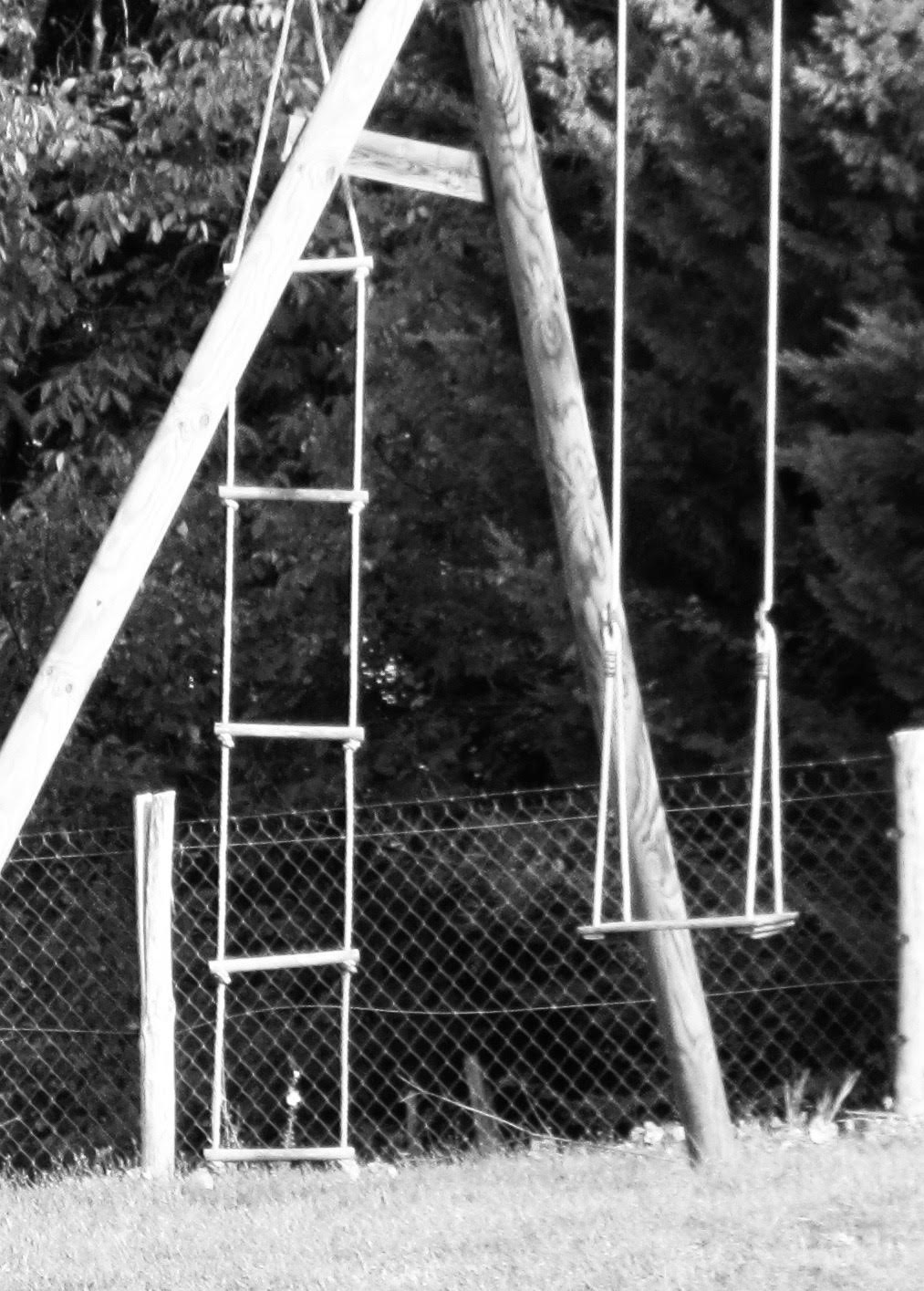How I wrote Don’t Ask, Don’t Tell.
Dear reader, welcome to my blog. I would love to read others’ comments on it and invite any author or reader to join me here. I think it would be good to have some dialogue here about books – being read, being written, being rejected, being praised.
How I wrote Don’t Ask, Don’t Tell. I just made it up, if that isn’t too obvious. There wasn’t a story waiting to be told. But it was inspired by a place. Not a dramatic, a must-be-full-of-history place, just a pleasant, easy-going sort of location in central France where I stayed in a small gite for several years running. The gite was a once a shepherd’s hut. Centuries ago it had been made into a little stone house and is now a comfortable holiday home. It looks out across wide lawns to a big house. I spent a lot of time there weaving stories about what might have happened and who may have lived in the two dwellings. Were there any momentous events in that quiet place? What were the differences between the people who were cramped into the home they made of the sheep hut and those who dwelled in the big house? Did they even talk to each other?
The characters of Don’t ask, Don’t Tell turned up at various times in my head and found their way into a notebook. Some grew, some went away, some were too near real life. Later I realised that what I did was to follow my feelings about people I knew, or had even glimpsed just the once in the street, then adjust these emotions on the page to suit my story. The characters drive the story and, when I started out, I had no idea how much energy they could take on. It’s a fascinating process.
The timing and place of part of the book, 1950s France, allowed me to indulge in interesting research. Out of the many books I read about the confusing French politics of the time, one or two sentences made their way into Don’t Ask, Don’t Tell. But I did enjoy that bit! Trawling for information is often easier than writing fiction and a great way of procrastinating, when putting words of imagination on the page seems too difficult. The nicest story of the research was a small thing. I bought on e-bay some French women’s magazines dated in the early 60s. They arrived from France in a hefty brown envelope and bubble wrap. Underneath the outer coverings the magazines were wrapped in pink tissue paper and tied with pink ribbon. How very French! I smile even now.
November can be the cruellest month (sorry, T S Eliot) It is a dark, dank month with little to recommend it. Except it is National Novel Writing Month which is an American (Californian) invention online, started in 1999, that challenges would-be authors to write 50,000 words in one month. I gave it a go, as they say. There is much over-eager encouragement and a certificate to print off at the end. It’s free. It’s tiring. It’s time-consuming. For one month it was addictive.I did it because it was a way of returning to a summery France without moving from my desk in November. I managed 56,000 words and a first draft. Awful, of course, but better than an idea for a novel and a blank page. So, Don’t Ask, Don’t Tell was born. I’m not saying how many drafts it took. Nor how often it was put down. House moves, deaths, marriages, work, new kittens arriving and old cats needing care all got in the way. But here it is.

Testing a comment